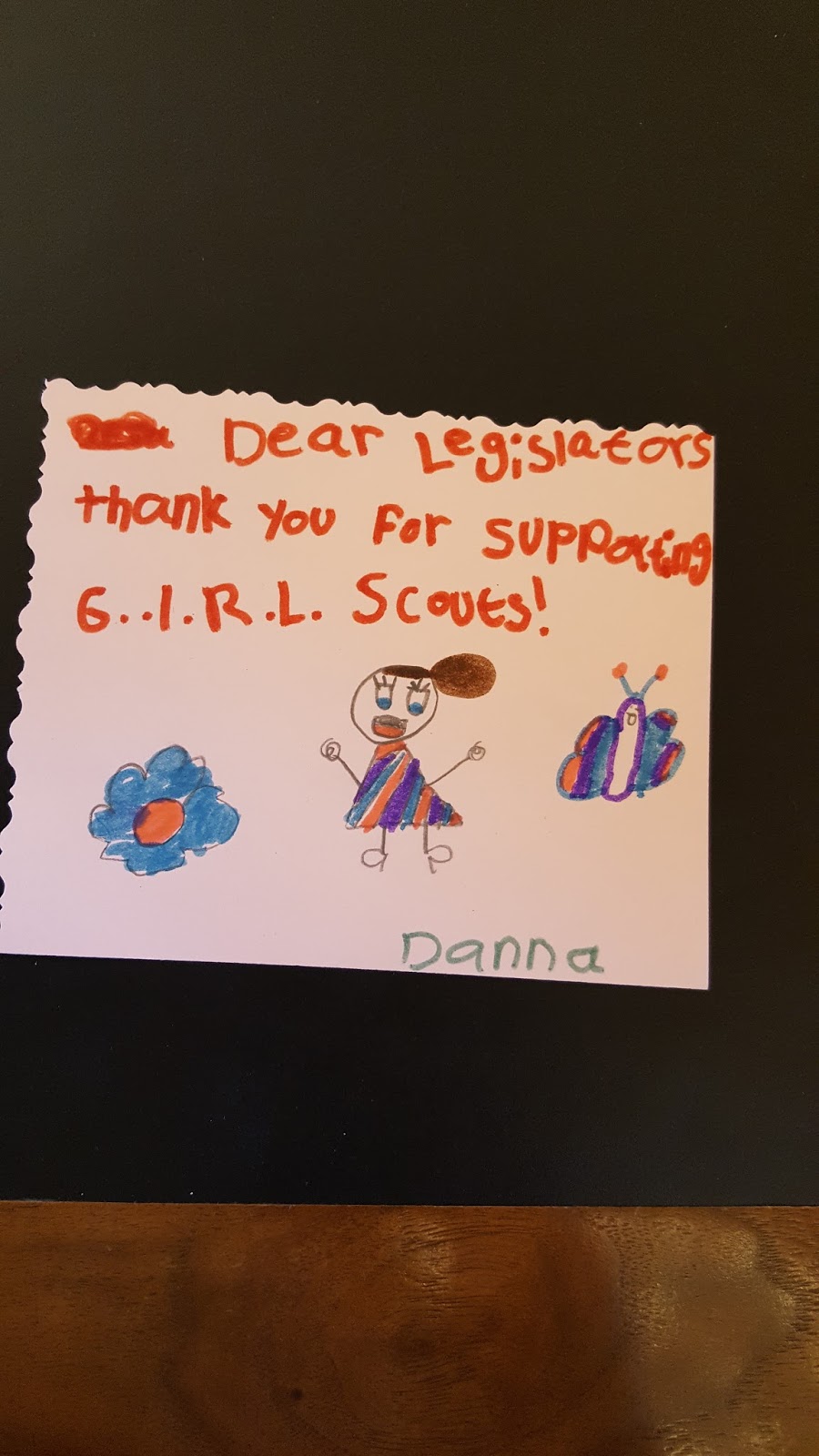

It is not an expression and cannot be used before the words "experience" or "approach" as a synonym for "practical". It is simply two words placed one next to the other in the appropriate context.Įxample: Please put your hands on the table! - "hands on" are simply two words one next to the other, a noun and a preposition. What you have to remember is that unlike "hands-on", "hands on" is not an expression or adjective. The examples below will show you exactly the difference between these two. It only means that it's wrong to use it with the same purpose as "hands-on". This doesn't mean, anyway, that you will never find "hands" and "on" written one next to the other. Therefore, it cannot be used to describe something and, obviously, it does not mean the same thing with "hands-on". "Hands on", on the other hand, is not an adjective. So used next to words such as "experience", "approach" or "work", the adjective "hands-on" refers to something actually made practically by one, not only in theory. The structure is used to describe and illustrate how you physically do something, with your own hands, gaining practical experience and not only studying theoretical aspects of a work or watching someone else doing it.

"Hands-on" is a compound adjective, that uses the metaphoric image of actually putting your hands on something. Does it mean the same thing and is it correct, or is it a misspelling and should we never use it like this? Let's see what our specialists at say about this!

But what about "hands on"? A usual replacement we find on the internet for "hands-on" is "hands on", and we have recently started to see "hands on experience" and so on. It is a very popular way of presenting one's practical experience in a CV, a letter of recommendation etc. Hands-on" approach, "hands-on" experience, "hands-on" work - using this structure has become very common especially during the last years, in the English vocabulary.


 0 kommentar(er)
0 kommentar(er)
